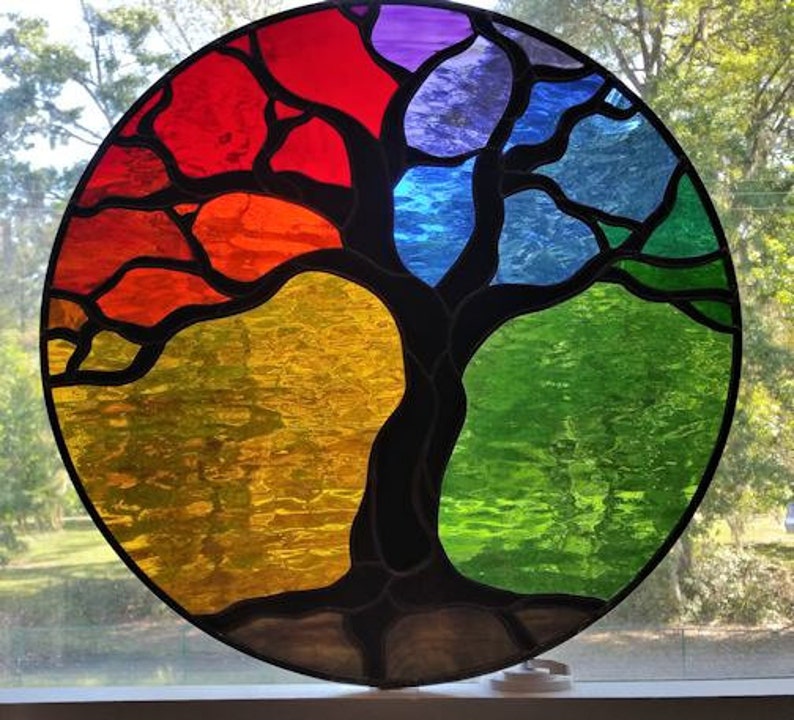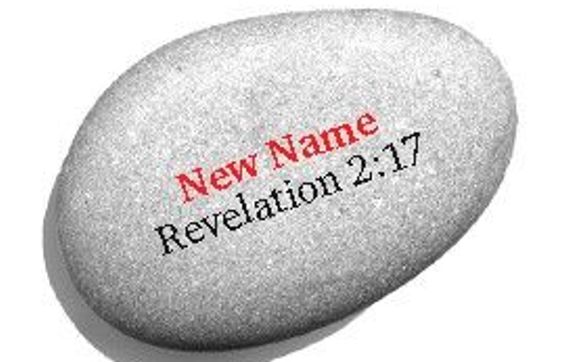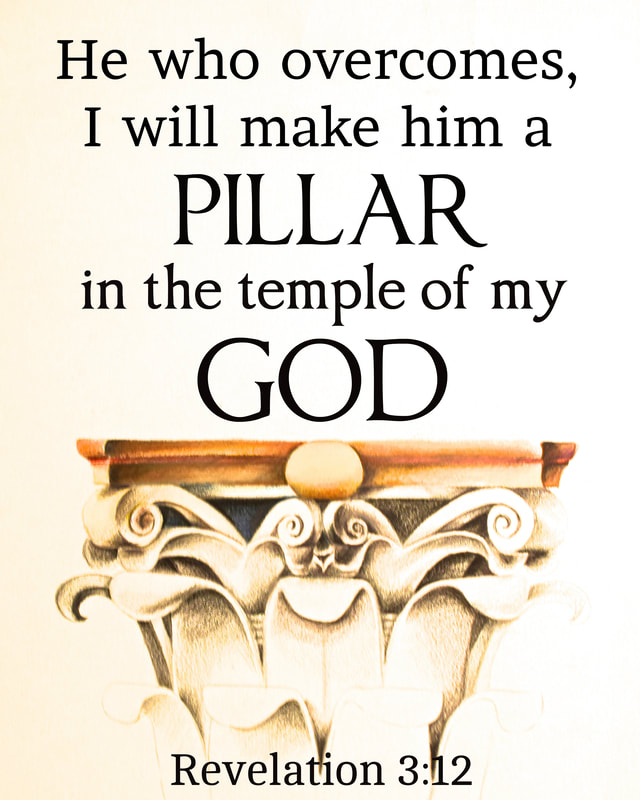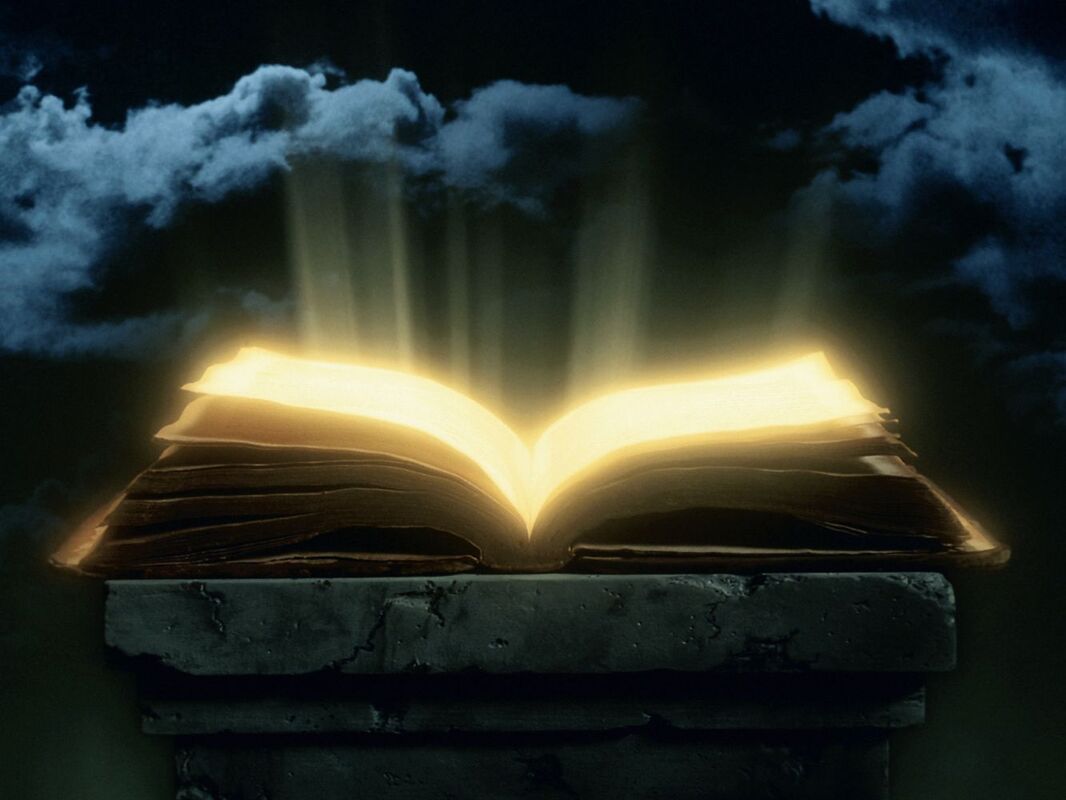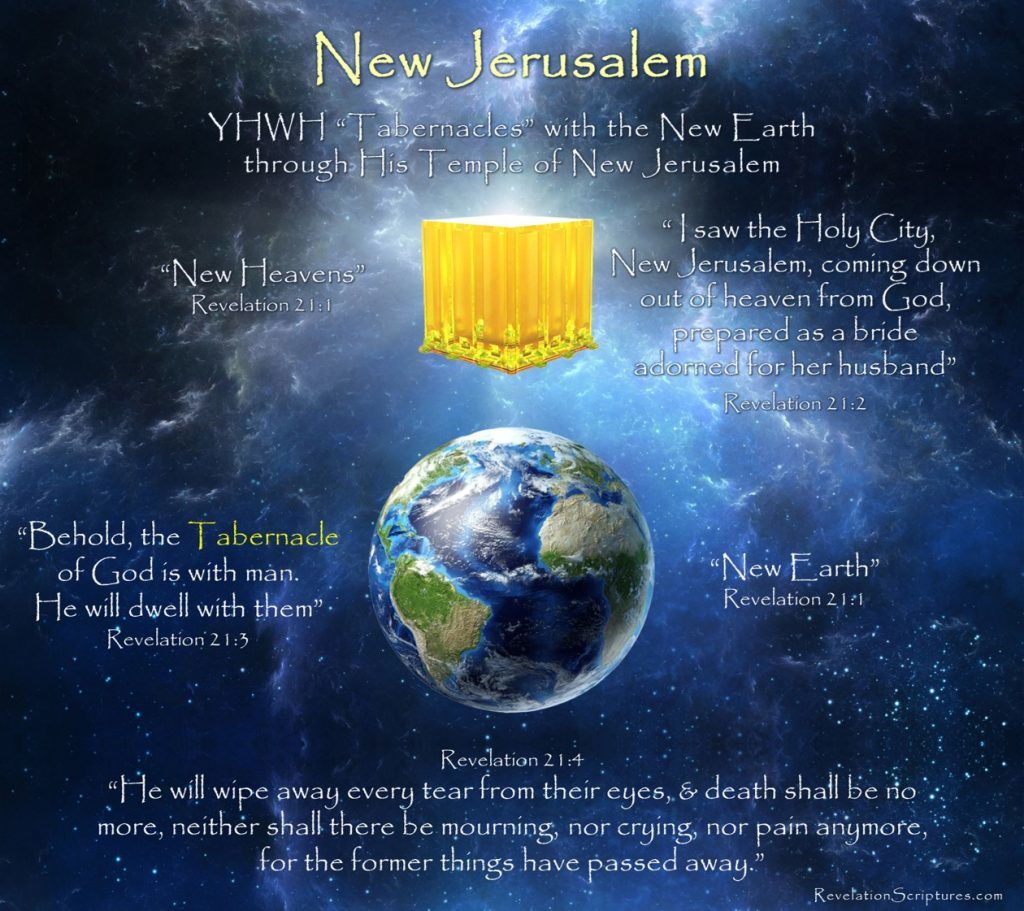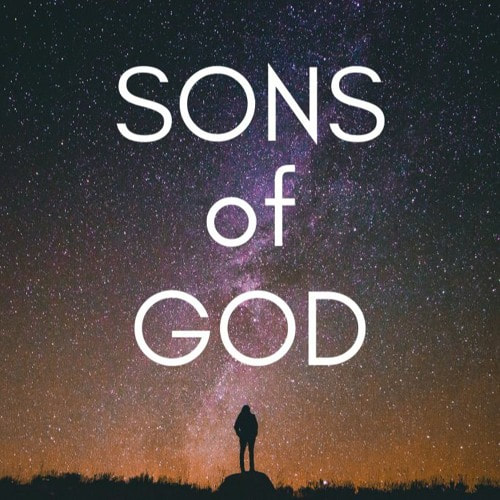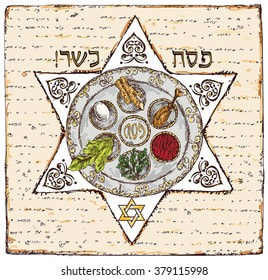Hello, we have The Holy Bible intact thanks to the Council of Nicaea in which they took it upon themselves to look for clarity in the word of God in books that were found and considered Holy. In this way the Bible we have today speaks the Word of God based upon the decision of these councilors.
The First Council of Nicaea was a council of Christian bishops convened in the Bithynian city of Nicaea by the Roman Emperor Constantine I in AD 325. This ecumenical council was the first effort to attain consensus in the church through an assembly representing all Christendom.
Start date: May 325 AD
End date: August 325 AD
Attendance: 318 (traditional number); 250–318 (estimates) – only five from Western Church
Documents and statements: Original Nicene Creed, 20 canons, and a synodal epistle
Next council: Council of Serdica and the ecumenical First Council of Constantinople
What are the two ecumenical councils that paved the way to form the Nicene Creed?
- First Council of Nicaea (325)
- First Council of Constantinople (381)
- First Council of Ephesus (431)
- Council of Chalcedon (451)
- Second Council of Constantinople (553)
- Third Council of Constantinople (680–681)
- Second Council of Nicaea (787)
What is the purpose of creed?
A creed is a confession of faith; put into concise form, endowed with authority, and intended for general use in religious rites, a creed summarizes the essential beliefs of a particular religion.
What was the main purpose of the Council of Nicea?
The Council of Nicaea was the first council in the history of the Christian church that was intended to address the entire body of believers. It was convened by the emperor Constantine to resolve the controversy of Arianism, a doctrine that held that Christ was not divine but was a created being.
What are the main beliefs of the Nicene Creed?
We believe in one God, the Father, the Almighty, maker of heaven and earth, and all that is seen and unseen. We believe in one Lord, Jesus Christ, the only Son of God, eternally begotten of the Father, God from God, Light from Light, true God from true God, begotten, not made, one in Being with the Father.
What did the Council of Nicaea accomplish?
Its main accomplishments were settlement of the Christological issue of the divine nature of God the Son and his relationship to God the Father, the construction of the first part of the Nicene Creed, establishing uniform observance of the date of Easter, and promulgation of early canon law.
How did the Council of Nicea affect Christianity?
Meeting at Nicaea in present-day Turkey, the council established the equality of the Father, the Son, and the Holy Spirit in the Holy Trinity and asserted that only the Son became incarnate as Jesus Christ. The Arian leaders were subsequently banished from their churches for heresy.
How did the Council of Nicaea help to spread Christianity?
The Council of Nicaea help to spread Christianity by clarifying some Christian teachings in the Bible. They helped clarify the aspect of the teaching of God being a trinity which comprises of the Father, the Son and the Holy Spirit.
Who put the Bible together Constantine?
Eusebius of Caesarea
The Fifty Bibles of Constantine were Bibles in the original Greek language commissioned in 331 by Constantine I and prepared by Eusebius of Caesarea. They were made for the use of the Bishop of Constantinople in the growing number of churches in that very new city.
What council made the Bible?
Council of Nicea
In his best-selling novel, "The Da Vinci Code," Dan Brown wrote that the Bible was assembled during the famous Council of Nicea in 325 C.E., when Emperor Constantine and church authorities purportedly banned problematic books that didn't conform to their secret agenda.
When was the first Bible put together?
The Muratorian Canon, which is believed to date to 200 A.D., is the earliest compilation of canonical texts resembling the New Testament. It was not until the 5th century that all the different Christian churches came to a basic agreement on Biblical canon.
Who put the first Bible together?
St. Jerome
The Short Answer
We can say with some certainty that the first widespread edition of the Bible was assembled by St. Jerome around A.D. 400. This manuscript included all 39 books of the Old Testament and the 27 books of the New Testament in the same language: Latin.
How long after Jesus died was the Bible written?
forty years
Written over the course of almost a century after Jesus' death, the four gospels of the New Testament, though they tell the same story, reflect very different ideas and concerns. A period of forty years separates the death of Jesus from the writing of the first gospel.
When were books of the Bible written?
The Bible as library
The Old Testament is the original Hebrew Bible, the sacred scriptures of the Jewish faith, written at different times between about 1200 and 165 BC. The New Testament books were written by Christians in the first century AD.
Where was the first Bible found?
Bible #1. The oldest surviving full text of the New Testament is the beautifully written Codex Sinaiticus, which was “discovered” at the St Catherine monastery at the base of Mt Sinai in Egypt in the 1840s and 1850s. Dating from circa 325-360 CE, it is not known where it was scribed – perhaps Rome or Egypt.
Where are the original scrolls of the bible?
Discovered by a Bedouin shepherd in the caves of Qumran, the Dead Sea Scrolls consist of passages of the Hebrew Bible, or Old Testament, that range from 1,800 to more than 2,000 years old. They comprise the oldest copies of Biblical text ever found. (See digital copies of the Dead Sea Scrolls.)
What is the difference between the Old Testament and the New Testament?
Together the Old Testament and the New Testament make up the Holy Bible. The Old Testament contains the sacred scriptures of the Jewish faith, while Christianity draws on both Old and New Testaments, interpreting the New Testament as the fulfilment of the prophecies of the Old.
Who put the chapters and verses in the Bible?
Robert Stephanus
Robert Estienne (Robert Stephanus) was the first to number the verses within each chapter, his verse numbers entering printed editions in 1551 (New Testament) and 1571 (Hebrew Bible). The division of the Bible into chapters and verses has received criticism from some traditionalists and modern scholars.
Who divided the Bible into Old and New Testament?
Most attribute these to Rabbi Isaac Nathan ben Kalonymus's work for the first Hebrew Bible concordance around 1440. The first person to divide New Testament chapters into verses was the Italian Dominican biblical scholar Santes Pagnino (1470–1541), but his system was never widely adopted.
When and how was the New Testament of the Bible created?
The Old Testament is the original Hebrew Bible, the sacred scriptures of the Jewish faith, written at different times between about 1200 and 165 BC. The New Testament books were written by Christians in the first century AD.
Where did the Bible really come from?
The Bible's Old Testament is very similar to the Hebrew Bible, which has origins in the ancient religion of Judaism. The exact beginnings of the Jewish religion are unknown, but the first known mention of Israel is an Egyptian inscription from the 13th century B.C.
Who really wrote the New Testament?
Paul the Apostle
Traditionally, 13 of the 27 books of the New Testament were attributed to Paul the Apostle, who famously converted to Christianity after meeting Jesus on the road to Damascus and wrote a series of letters that helped spread the faith throughout the Mediterranean world.
Who first translated the Bible into English?
William Tyndale
William Tyndale (1494?-1536), who first translated the Bible into English from the original Greek and Hebrew text, is one such forgotten pioneer.
What is the most accurate Bible?
The New World Translation of the Holy Scriptures (NWT) is a translation of the Bible published by the Watch Tower Bible and Tract Society.
What Bible translation is closest to the original Hebrew Greek?
Greek Septuagint
The Septuagint (LXX), the very first translation of the Hebrew Bible into Greek, later became the accepted text of the Old Testament in the Christian church and the basis of its canon.
Which version of the Bible is the oldest?
Torah
Its oldest complete copy in existence is the Leningrad Codex, dating to c. 1000 CE. The Samaritan Pentateuch is a version of the Torah maintained by the Samaritan community since antiquity and rediscovered by European scholars in the 17th century; the oldest existing copies date to c. 1100 CE.
What was the first Bible called?
Codex Sinaiticus
Along with the Codex Vaticanus, the Codex Sinaiticus is considered the oldest known Bible in the world. Originally more than 1,460 pages long and measuring 16in by 14in, it was written by a number of hands around the time of Constantine the Great.
What are the first 5 books of the Bible called?
If you've never heard of the Five Books of Moses (not actually composed by Moses; people who believe in divine revelation see him as more secretary than author), you've heard of the Torah and the Pentateuch, the Hebrew and Greek names, respectively, for the first five books of the Hebrew Bible: Genesis, Exodus,
What version of the Bible was before King James?
Geneva Bible
The Geneva Bible is one of the most historically significant translations of the Bible into English, preceding the King James Version by 51 years.
Which translation of the Bible is closest to the original text?
The New American Standard Bible
The New American Standard Bible is a literal translation from the original texts, well suited to study because of its accurate rendering of the source texts. It follows the style of the King James Version but uses modern English for words that have fallen out of use or changed their meanings.
Where is the original Bible kept?
The oldest surviving full text of the New Testament is the beautifully written Codex Sinaiticus, which was “discovered” at the St Catherine monastery at the base of Mt Sinai in Egypt in the 1840s and 1850s. Dating from circa 325-360 CE, it is not known where it was scribed – perhaps Rome or Egypt.
Which is the best Bible version?
The New Revised Standard Version
More than 450 translations into English have been written. The New Revised Standard Version is the version most commonly preferred by biblical scholars.
...
- King James Version (55%)
- New International Version (19%)
- New Revised Standard Version (7%)
- New American Bible (6%)
- The Living Bible (5%)
- All other translations (8%)
What is the easiest Bible to read?
The Holy Bible: Easy-to-Read Version (ERV) is an English translation of the Bible compiled by the World Bible Translation Center. It was originally published as the English Version for the Deaf (EVD) by Baker Books.
Which church council canonized the Bible?
The Catholic canon was set at the Council of Rome (382), the same Council commissioned Jerome to compile and translate those canonical texts into the Latin Vulgate Bible.
Why were some books left out of the Bible?
The texts might only have been known to few people, or they might have been left out because their content does not fit well into that of the other books of the Bible. Some of the apocrypha were written at a later date and were therefore not included. The Authorized King James Version called these books 'Apocrypha'.
What are the banned books of the Bible?
The Gospel of Peter, The Gospel of Mary, The Gospel of Judas, The Gospel of Thomas and The Secret Gospel of Mark…these are just a few of the books that were left out of the Bible
What is the Nicene Creed and why is it important?
Nicene Creed, also called Niceno-Constantinopolitan Creed, a Christian statement of faith that is the only ecumenical creed because it is accepted as authoritative by the Roman Catholic, Eastern Orthodox, Anglican, and major Protestant churches.
What does the Nicene Creed say about Jesus?
And in one Lord Jesus Christ, the only-begotten Son of God, begotten of the Father before all worlds (æons), Light of Light, very God of very God, begotten, not made, consubstantial with the Father; By whom all things were made [both in heaven and on earth];
What is a real name of Jesus?
Jesus' name in Hebrew was “Yeshua” which translates to English as Joshua. ...
What does the H stand for in Jesus name?
As a child, "H" was a middle initial meaning "Holy" and included to honor Jesus while his name was being used to scramble young brains into malleable balls of pure fear. Most folks bellowed the simple "Jesus Christ," so children felt privileged to hear that added "H."
What happened at the Second Council of Nicaea?
Second Council of Nicaea, (787), the seventh ecumenical council of the Christian church, meeting in Nicaea (now İznik, Turkey). It attempted to resolve the Iconoclastic Controversy, initiated in 726 when Byzantine Emperor Leo III issued a decree against the worship of icons (religious images of Christ and the saints).
When was Jesus Divinity decided?
5th century
Different views would be debated for centuries by Christians and finally settled on the idea that he was both fully human and fully divine by the middle of the 5th century in the Council of Ephesus.
How does the Bible show that Jesus is the Son of God?
In Luke 4:41 (and Mark 3:11), when Jesus casts out demons, they fall down before him, and declare: "You are the Son of God." In John 1:34, John the Baptist bears witness that Jesus is the Son of God and in John 11:27 Martha calls him the Messiah and the Son of God.
What did Jesus call God?
The essential uses of the name of God the Father in the New Testament are Theos (θεός the Greek term for God), Kyrios (i.e. Lord in Greek) and Patēr (πατήρ i.e. Father in Greek). The Aramaic word "Abba" (אבא), meaning "Father" is used by Jesus in Mark 14:36 and also appears in Romans 8:15 and Galatians 4:6.
Does Jesus ever claim to be God?
During his lifetime, Jesus himself didn't call himself God and didn't consider himself God, and ... none of his disciples had any inkling at all that he was God. You do find Jesus calling himself God in the Gospel of John, or the last Gospel.
~~~~~~~~
Christendom historically refers to the "Christian world": Christian states, Christian-majority countries and the countries in which Christianity dominates, prevails, or is culturally intertwined with.
What is Christendom in the Bible?
"Christendom" has referred to the medieval and renaissance notion of the Christian world as a polity. In essence, the earliest vision of Christendom was a vision of a Christian theocracy, a government founded upon and upholding Christian values, whose institutions are spread through and over with Christian doctrine.
What is an example of Christendom?
Christendom definition
Christians considered as a group. The portion of the world in which Christianity is the dominant religion. Christians collectively. Those parts of the world where most inhabitants profess the Christian faith.
When did Christendom begin?
major reference. By the 10th century the religious and cultural community known as Christendom had come into being and was poised to enter a prolonged period of growth and expansion. Important progress had taken place well before this period, however.
Who founded Christendom?
About the Author. Warren Carroll (1932–2011) was founder of Christendom College, serving as president from 1977–85, and as chairman of the Department of History from 1985–2002. Carroll earned an M.A. and Ph.
What are synonyms for Christendom?
Christendom synonyms
- christianity. A particular form or sect of the Christian religion: ...
- Orthodox Christianity (related) ...
- catholicism (related) ...
- roman-catholicism (related) ...
- papacy (related) ...
- heresy (related) ...
- paganism (related) ...
- anglicanism (related)
What are the 5 basic beliefs of Christianity?
This is a discussion-oriented Bible Fellowship. The 5 are: 1) Uniqueness of Jesus (Virgin Birth) --Oct 7; 2) One God (The Trinity) Oct 14; 3) Necessity of the Cross (Salvation) and 4) Resurrection and Second Coming are combinded on Oct 21; 5) Inspiration of Scripture Oct 28.
Where does the word Christendom come from?
1300, cristente, "Christians as a whole; state of being a Christian; the religion founded by Jesus," from Old French crestienté "Christendom; spiritual authority; baptism" (Modern French. Gradually respelled to conform with Latin. Christendom is the older word for it. Old English also had cristennes.
Which region was known as Christendom?
The communities of Byzantium and Latin Christendom shared a common bond of Christian faith, and we sometimes collectively call them "Christendom." The communities of Western Europe in this period are generally known as Latin Christendom.
What is a purgatory state?
purgatory, the condition, process, or place of purification or temporary punishment in which, according to medieval Christian and Roman Catholic belief, the souls of those who die in a state of grace are made ready for heaven.
How old is Christianity in years?
Christianity is based on the life and teachings of Jesus Christ and is approximately 2,000 years old.
When was the height of Christianity?
In its early centuries, Christianity achieved a phenomenal growth rate: it is estimated that it had hit roughly 30 million followers by AD350.
What was the religion of the medieval church?
Religious practice in medieval Europe (c. 476-1500) was dominated and informed by the Catholic Church. The majority of the population was Christian, and "Christian" at this time meant "Catholic" as there was initially no other form of that religion.
What words describe Christians?
- Adjectives describing a true Christian. A true Christian is a certain kind of person. ...
- ● Godly. Devoutly religious; pious. ...
- ● Righteous. Conforming in disposition and conduct to a standard of right and justice. ...
- ● Upright. Strictly honorable or honest. ...
- ● Moral. ...
- ● ...
- ● Forgiving. ...
- ● Chaste.
Which religion did Jesus follow?
Of course, Jesus was a Jew. He was born of a Jewish mother, in Galilee, a Jewish part of the world. All of his friends, associates, colleagues, disciples, all of them were Jews. He regularly worshipped in Jewish communal worship, what we call synagogues.
What is the oldest religion?
The word Hindu is an exonym, and while Hinduism has been called the oldest religion in the world, many practitioners refer to their religion as Sanātana Dharma (Sanskrit: सनातन धर्म, lit.
What was the first religion?
Hinduism is the world's oldest religion, according to many scholars, with roots and customs dating back more than 4,000 years. Today, with about 900 million followers, Hinduism is the third-largest religion behind Christianity and Islam. Roughly 95 percent of the world's Hindus live in India.
Do Muslims read the Bible?
Traditionally, many Muslim religious authorities view these books (i.e., the Bible, or parts of it) as having been altered and interpolated over time, while maintaining that the Quran remains as the final, unchanged and preserved word of God.
What is the last religion?
Islam is the last and most all- encompassing message of God.
Who Wrote the Bible?
Even after nearly 2,000 years of its existence, and centuries of investigation by biblical scholars, we still don't know with certainty who wrote its various texts, when they were written or under what circumstances.
Does God exist Yes or no?
The atheistic conclusion is that the arguments and evidence both indicate there is insufficient reason to believe that any gods exist, and that personal subjective religious experiences say something about the human experience rather than the nature of reality itself; therefore, one has no reason to believe that a god ...
How accurate is the Bible?
“ … the historical books of the Old Testament are as accurate historical documents as any that we have from antiquity and are in fact more accurate than many of the Egyptian, Mesopotamian, or Greek histories. These Biblical records can be and are used as are other ancient documents in archaeological work.”
How do we know Bible is real?
Evidence for the Bible
We have copies of the manuscripts and throughout history these copies show that the Bible has been transmitted accurately. Despite common skeptical claims that the Bible has often been changed through the centuries, the physical evidence tells another story.
What are the 5 proofs of God's existence?
Thomas Aquinas' Five Ways to Prove the Existence of God
- The First Way: Motion.
- The Second Way: Efficient Cause.
- The Third Way: Possibility and Necessity.
- The Fourth Way: Gradation.
- The Fifth Way: Design.
Is God a man?
The Catechism of the Catholic Church, Book 239, states that God is called "Father", while his love for man may also be depicted as motherhood. However, God ultimately transcends the human concept of sex, and "is neither man nor woman: He is God."
Who is first man in the world?
ADAM
ADAM (1) ADAM1 was the first man. There are two stories of his creation. The first tells that God created man in his image, male and female together (Genesis 1: 27), and Adam is not named in this version.
Does God watch us all the time?
God watches all of us constantly. He sees everything. We cannot hide from Him or keep any secret from Him. He even reads our minds.
How old is the Earth according to the Bible?
about 6000 years
Concerning the age of the Earth, the Bible's genealogical records combined with the Genesis 1 account of creation are used to estimate an age for the Earth and universe of about 6000 years, with a bit of uncertainty on the completeness of the genealogical records, allowing for a few thousand years more.
Which version of the Bible is closest to the original text?
The New American Standard Bible is a literal translation from the original texts, well suited to study because of its accurate rendering of the source texts. It follows the style of the King James Version but uses modern English for words that have fallen out of use or changed their meanings.
What percentage of the Bible is true?
Gallup has asked this question about personal views of the Bible nine times since 1991. The percentage saying the Bible is the actual, literal word of God has remained in a relatively narrow range between 27% and 35% across this time period, with the average being 31%.
Is the Bible written by God?
The Bible's origin is both human and divine—not just from God and not just from humans. The Bible's narratives, poems, histories, letters, prophecies, and other writings come from a profound collaboration between humanity and God.
Is God a woman?
God of the Hebrew Bible
In the oracles of the eighth century prophet Isaiah, God is described as a woman in labor and a mother comforting her children. And the Book of Proverbs maintains that the feminine figure of Holy Wisdom, Sophia, assisted God during the creation of the world.
Is the Holy Spirit female or male?
masculine
Most English translations of the New Testament refer to the Holy Spirit as masculine in a number of places where the masculine Greek word "Paraclete" occurs, for "Comforter", most clearly in the Gospel of John, chapters 14 to 16.
What are the five promises of God?
Chapter Summaries
- Let's Begin (Introduction) ...
- Promise #1: God Is Always with Me (I Will Not Fear) ...
- Promise #2: God Is Always in Control (I Will Not Doubt) ...
- Promise #3: God Is Always Good (I Will Not Despair) ...
- Promise #4: God Is Always Watching (I Will Not Falter) ...
- Promise #5: God Is Always Victorious 131 (I Will Not Fail)
How does God hear everyone's prayers at once?
Therefore, God hears each and all of our specific petitions through the filter of Jesus' role. In other words, God understands all our different requests through the filter of “this will reconcile them; this will make them holy,” and that is the prayer God hears and the request God always grants.
Are there Christians that don't believe in the Bible?
The largest nontrinitarian Christian denominations are The Church of Jesus Christ of Latter-day Saints, Oneness Pentecostals, Jehovah's Witnesses, La Luz del Mundo, and the Iglesia ni Cristo.
What were they called before they were called Christians?
Nazarenes
While around 331 AD Eusebius records that Christ was called a Nazoraean from the name Nazareth, and that in earlier centuries "Christians" were once called "Nazarenes".
Why did Christianity spread so fast?
Ehrman attributes the rapid spread of Christianity to five factors: (1) the promise of salvation and eternal life for everyone was an attractive alternative to Roman religions; (2) stories of miracles and healings purportedly showed that the one Christian God was more powerful than the many Roman gods;

